Solar Yard Lighting Guide for US Climate Zones
Introduction to Solar Yard Lighting Across the US
Choosing the right solar yard lights can transform your outdoor space while saving energy. However, the United States spans diverse climate zones, as defined by the USDA Hardiness Zones, each presenting unique environmental challenges. From snowy winters in the Northeast to scorching summers in the Southwest, selecting solar yard lights tailored to your region ensures optimal performance, durability, and energy efficiency. This guide breaks down how to choose solar landscape lighting based on your climate zone, addressing the needs of homeowners seeking reliable, eco-friendly outdoor lighting solutions. We’ll explore key features like weather-resistant solar lights, energy-efficient solar lamps, and region-specific considerations, culminating in a handy comparison table to simplify your decision.
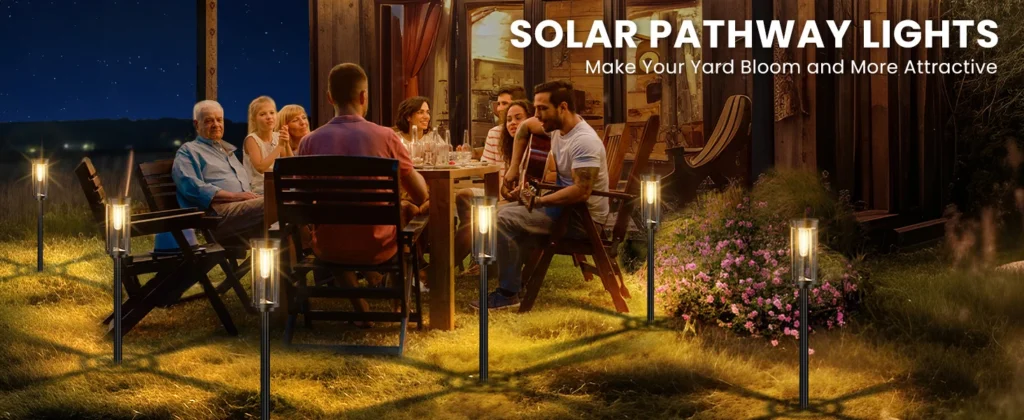
Northeast and Midwest: Cold and Snowy Climates
Challenges in Cold, Snowy Regions
The Northeast and Midwest, spanning USDA Zones 3 to 6, face harsh winters with temperatures dropping below -20°F and heavy snowfall. Snow accumulation can cover photovoltaic panels, reducing charging efficiency, while freezing temperatures strain battery performance. Homeowners in states like Maine, Minnesota, or New York need solar yard lights built to withstand these conditions.
Recommended Features for Cold Climates
- Freeze-resistant lithium batteries: Opt for lights with lithium-ion batteries rated for -20°F or lower. These batteries maintain performance in subzero conditions, ensuring consistent illumination during long winter nights.
- Adjustable-angle photovoltaic panels: Panels with tiltable designs prevent snow buildup, maximizing solar exposure even during short daylight hours.
- Durable housing: Look for weather-resistant solar lights with robust materials like ABS plastic or stainless steel to resist cracking in freezing temperatures.
- High-lumen output: Choose energy-efficient solar lamps with at least 200 lumens to combat reduced daylight and ensure bright illumination.
Top Picks for the Northeast and Midwest
Consider models like the FrostGuard Solar Path Light, which features a -30°F-rated lithium battery and a 45-degree adjustable panel. This ensures reliable performance in snowy conditions, keeping your pathways lit even during blizzards. Pair these with solar garden lights that include motion sensors to conserve energy during low-traffic hours.
Southern States: Hot and Rainy Climates
Challenges in Hot, Humid Regions
The Southern US, covering USDA Zones 7 to 9, experiences high temperatures, heavy rainfall, and intense humidity, particularly in states like Texas, Florida, and Louisiana. These conditions demand solar yard lights that resist water ingress and material degradation from prolonged sun exposure.
Recommended Features for Hot, Rainy Climates
- IP67 waterproof rating: Lights with an IP67 rating are fully protected against heavy rain and temporary submersion, ideal for frequent downpours.
- UV-resistant materials: Choose solar landscape lighting with polycarbonate or UV-coated ABS plastic lamp bodies to prevent fading, cracking, or yellowing under intense sunlight.
- Corrosion-resistant components: Stainless steel or aluminum fixtures resist rust, ensuring longevity in humid environments.
- Efficient heat dissipation: Select lights with heat-sink designs to prevent overheating of batteries and LEDs, maintaining performance during scorching summers.
Top Picks for the South
The SunShield Solar Flood Light is a great choice, boasting an IP67 rating and UV-resistant polycarbonate housing. Its high-capacity battery ensures consistent performance during rainy spells, while the corrosion-resistant frame withstands coastal humidity. These weather-resistant solar lights are perfect for illuminating gardens or driveways in humid, rainy climates.
Southwest: Intense Sun and Arid Conditions
Challenges in Hot, Dry Regions
The Southwest, spanning USDA Zones 8 to 10, faces intense sunlight, high temperatures, and arid conditions, particularly in Arizona, Nevada, and New Mexico. While abundant sunlight is ideal for solar yard lights, excessive heat and glare can pose challenges, including material degradation and light pollution concerns.
Recommended Features for Arid Climates
- High-efficiency monocrystalline solar panels: These panels convert sunlight more effectively, ensuring maximum power generation even during shorter winter days.
- Anti-glare design: Opt for solar landscape lighting with shielded LEDs or frosted lenses to minimize glare, reducing the risk of neighbor complaints about light pollution.
- Heat-tolerant batteries: Choose lights with batteries designed to operate efficiently at temperatures up to 140°F, preventing performance drops during heatwaves.
- Dust-resistant construction: Look for weather-resistant solar lights with sealed components to protect against dust and sand, common in arid regions.
Top Picks for the Southwest
The DesertGlow Solar Spotlight is tailored for arid climates, featuring a monocrystalline solar panel with 22% efficiency and an anti-glare lens. Its heat-tolerant lithium battery ensures reliable operation in extreme heat, while the dust-resistant casing protects against sandstorms. These energy-efficient solar lamps are ideal for highlighting desert landscaping or pathways.
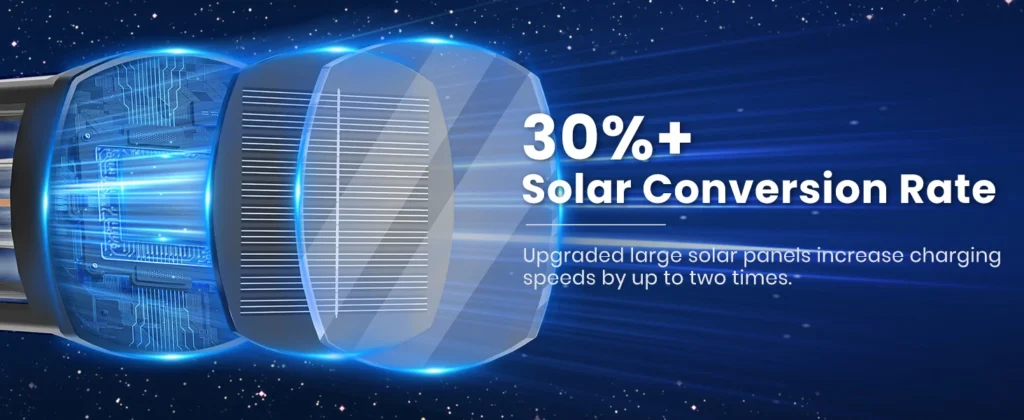
Comparing Solar Yard Lights by Climate Zone
To help homeowners choose the best solar yard lights, we’ve compiled a comparison table based on USDA climate zones and recommended features. This addresses the common issue of lights performing well in one region (e.g., Texas) but underperforming in another (e.g., Maine) due to mismatched specifications.
| Climate Zone | USDA Zones | Key Challenges | Recommended Features | Example Product |
|---|---|---|---|---|
| Northeast/Midwest | 3–6 | Cold, snow, short daylight | Freeze-resistant lithium battery, adjustable-angle panel, high lumens | FrostGuard Solar Path Light |
| Southern States | 7–9 | Heat, rain, humidity | IP67 waterproof, UV-resistant materials, corrosion-resistant | SunShield Solar Flood Light |
| Southwest | 8–10 | Intense sun, arid, glare | Monocrystalline panel, anti-glare design, heat-tolerant battery | DesertGlow Solar Spotlight |
This table ensures you select solar garden lights that match your region’s climate, maximizing performance and longevity. For example, a homeowner in Texas (Zone 8) might prioritize IP67 waterproofing for heavy rain, while one in Maine (Zone 4) needs a freeze-resistant battery for winter reliability.
Additional Considerations for Homeowners
Installation Tips for Optimal Performance
- Placement: Position solar yard lights in areas with maximum sunlight exposure, avoiding shade from trees or buildings. In snowy regions, elevate lights to prevent snow coverage.
- Maintenance: Clean photovoltaic panels regularly to remove dust, snow, or debris, especially in the Southwest and Northeast. Use a soft cloth to avoid scratching UV-resistant coatings.
- Battery Care: Check battery health annually, particularly in extreme climates. Replace batteries every 2–3 years to maintain energy-efficient solar lamp performance.
Energy Efficiency and Cost Savings
Solar landscape lighting is a cost-effective alternative to traditional lighting, with no electricity costs and minimal maintenance. By choosing region-specific solar yard lights, you ensure efficient energy use, reducing waste and extending battery life. For example, monocrystalline panels in the Southwest maximize solar capture, while adjustable panels in the Northeast optimize limited winter sunlight.
Environmental Benefits
Investing in solar garden lights reduces your carbon footprint, aligning with sustainable living goals. By selecting weather-resistant solar lights tailored to your climate, you minimize replacements and waste, further enhancing environmental benefits.
Conclusion
Selecting the right solar yard lights for your USDA climate zone ensures reliable, eco-friendly illumination year-round. Whether you’re battling snowy winters in the Northeast, humid summers in the South, or intense sun in the Southwest, choosing lights with features like freeze-resistant lithium batteries, IP67 waterproofing, or monocrystalline solar panels guarantees performance and durability. Use our climate zone comparison table to find the perfect energy-efficient solar lamps for your home, and enjoy a beautifully lit yard that’s both sustainable and cost-effective. For more options, explore our full range of solar landscape lighting designed for every US climate.

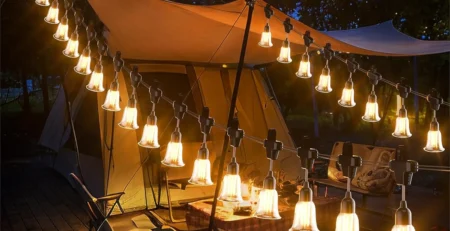
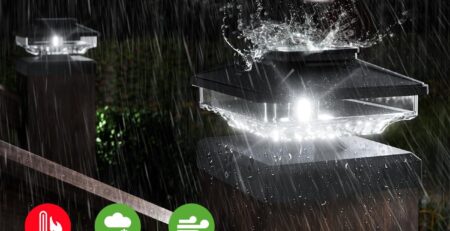
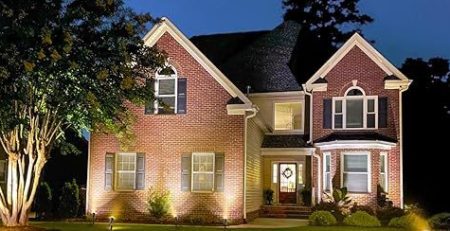
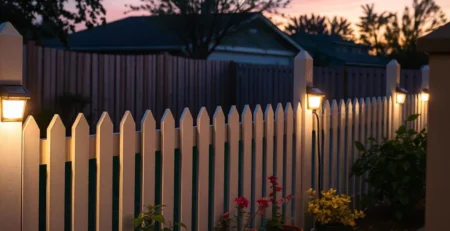
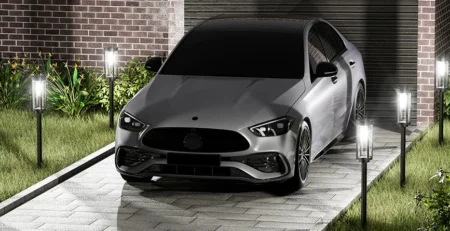

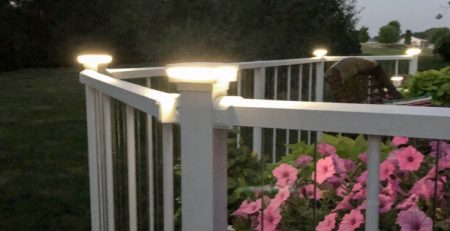
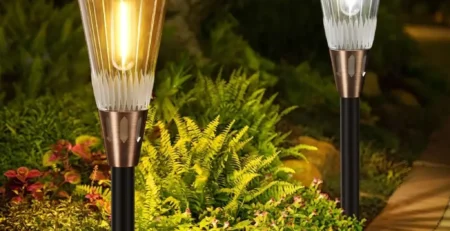
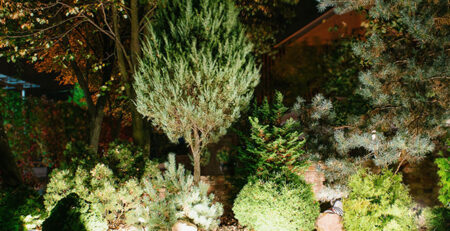
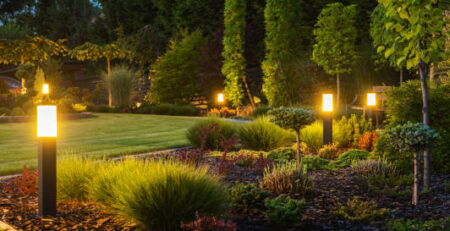
Leave a Reply